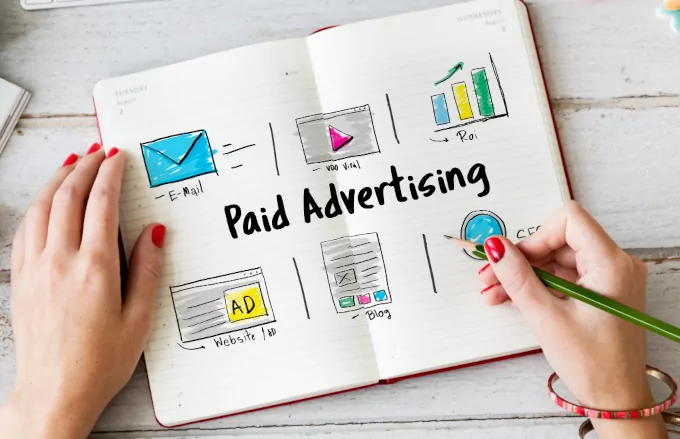Contents
What is PPC
With pay-per-click (PPC) marketing, advertisers pay for each click on their adverts in a dynamic online advertising format. This article delves into the nuances of PPC, addressing its importance, operational principles, and tactical considerations.
Understanding PPC, SEM, and SEO
Although they are frequently used synonymously, PPC, SEO, and search engine marketing (SEM) are not the same. SEM improves website visibility by combining paid (PPC) and organic (SEO) techniques. PPC involves bidding on keywords to get instant visibility, while SEO optimizes material for search engines naturally.
How PPC Works
PPC works by allowing consumers to bid on particular keywords, with advertising appearing when those phrases are searched. Campaigns target areas, interests, and demographics, and advertisers are charged per click. When deciding on the order in which to display ads, algorithms take into account bid amounts, ad relevance, and quality.
Why PPC Is Important
In 2022, PPC generated $2 for every $1 spent, with $1.16 being the average CPC. PPC is essential for many marketing purposes as it provides immediate results, pinpoint audience targeting, can be measured, is cost-effective, spreads brand awareness, and complements SEO efforts.
PPC Strategy and Campaign Planning
Successful PPC campaigns need well-defined target audiences, specific objectives, deep measurements of keyword research, well-written ad copy, the correct choice of ad platform, monitoring, optimization, and budget management.
Top PPC Platforms
Some of the well-known PPC systems include Google Ads, Google Maps Ads, Microsoft Ads, YouTube, TikTok, LinkedIn, Twitter, Facebook Meta Ads, and Instagram Meta Ads. The kinds of ads that Facebook specializes in, and Google is a platform another.
Types of PPC Ads
- Search Ads: Text Ads in response to particular types of searches that usually appear at the top of search engine result pages.
- Display Ads: Colorful images or banners on websites or applications targeted to a particular group for branding purposes.
- Video advertising entails reaching and engaging users through video content on social media and websites, such as YouTube.
- Remarketing involves targeting users who have already visited a website and asking them to return.
The PPC campaign is a critical tool that can manifest through measurable and financially feasible results. Understanding its subtleties, mastering the platforms, and choosing the appropriate kind of ad can lead any business to increase its traffic, leads, and brand awareness.
Image by rawpixel.com on Freepik

